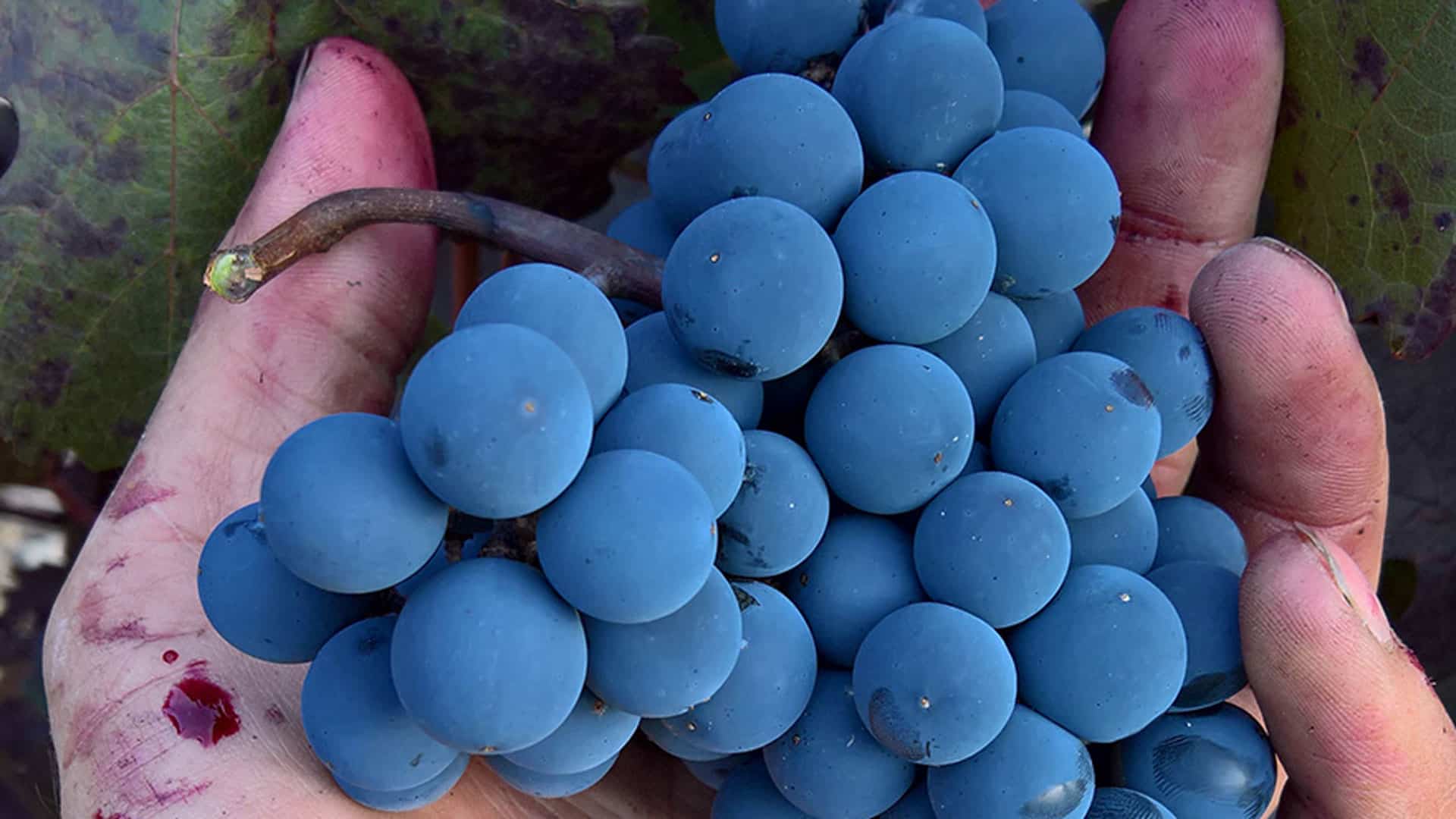The grape harvest, also known as the grape harvest, is the process of picking the grapes in the vineyards. It is a crucial phase in viticulture, as the quality of the harvested grapes strongly influences the taste and quality of the wine. Furthermore, grape harvesting does not only refer to the harvesting process of the grapes in the vineyard; the harvest in the vines is followed by other processes such as pressing and fermentation, which strictly speaking are also (still) part of the grape harvest. The grape harvest always begins with the early-ripening varieties and sometimes only ends with the first frost in November with the grape varieties which, due to the extremely high sugar content in the must and correspondingly high Öchsle degrees of 140° and more, are then made into fine and exceptionally storable sweet wines. Overall, the grape harvest can last from mid-August to mid-November. The long harvest period is due to the different ripening times of the different grape varieties.
When exactly the right time has come to start the grape harvest in the vineyards is influenced by various factors. One of these is the right degree of ripeness of the grape. This is determined by comparing different elements contained in the grape. These include the sugar content, the acidity, the pH value and, in the case of dark grapes, the phenols (also known as tannins). But of course, the exact time of the grape harvest also depends on the grape variety, the desired wine product, the wine region and, last but not least, the climatic conditions.
To ensure that the ideal time for the start of the grape harvest is not missed, the degree of ripeness must be continuously monitored during the ripening phase. During this phase, the grapes are checked regularly to determine their degree of ripeness. Winegrowers check the sugar content of the grapes, which is measured in degrees Öchsle or Brix, as well as the acidity and the development of the aromas. There are two options for the actual harvesting of the grapes: hand-picking or mechanical harvesting. The hand-picked method allows for a selective harvest of the best grapes and is often used for high-quality wines, but also for vineyards that are difficult to access. Mechanical harvesting, on the other hand, is more efficient and is often used for large vineyards. In this form of harvesting, harvesting machines are used to cut or shake the grapes off the vines.
If not already done in the vineyard, the grapes are then selected, i.e. the grapes are checked for quality. Overripe, unripe or damaged grapes are sorted out to ensure that only the best grapes are used for wine production. The harvested grapes are then quickly transported to the winery to prevent oxidation or fermentation before processing. There, the grapes are de-stemmed and pressed to release the juice. When making red wine, the grapes can also be used for fermentation with the skins.
The final step in the grape harvest is fermentation, followed by the actual winemaking process. The grape juice obtained undergoes fermentation, during which the yeast converts the sugar in the juice into alcohol. This process can vary depending on the type of wine and the desired style of wine. After fermentation, the wine undergoes further processes such as clarification, ageing and possibly maturation in barrels to develop its taste and character. Even if the entire wine-growing year is exciting for the winemaker, the moment of the grape harvest is a particularly exciting time, because the fruits of the hard work are literally being harvested and the quality of the harvested grapes already gives an idea of the unsurpassable quality of the new vintage that will be presented in the glass and know how to inspire.

